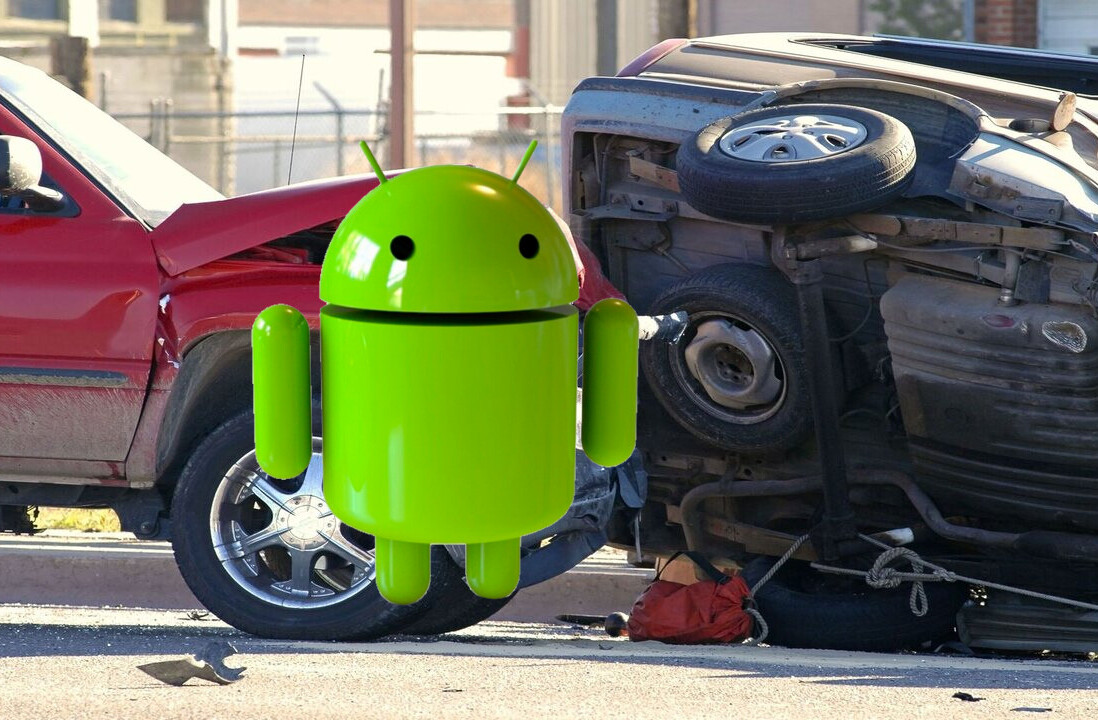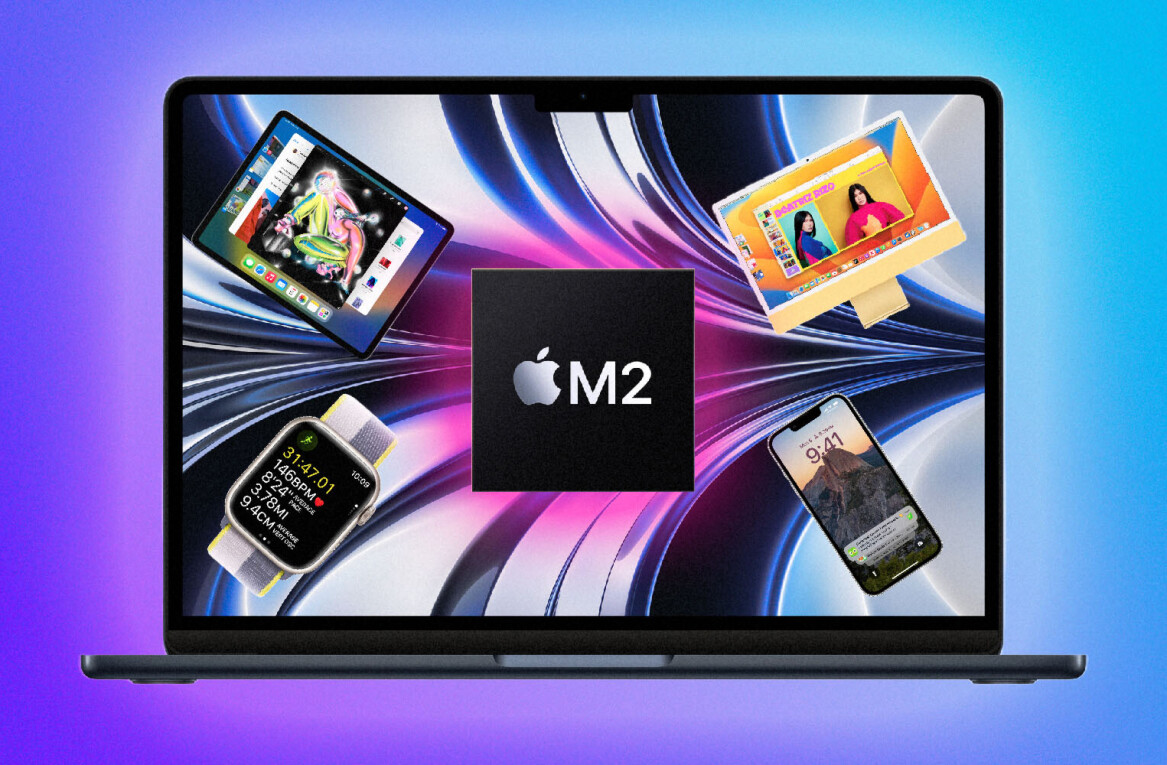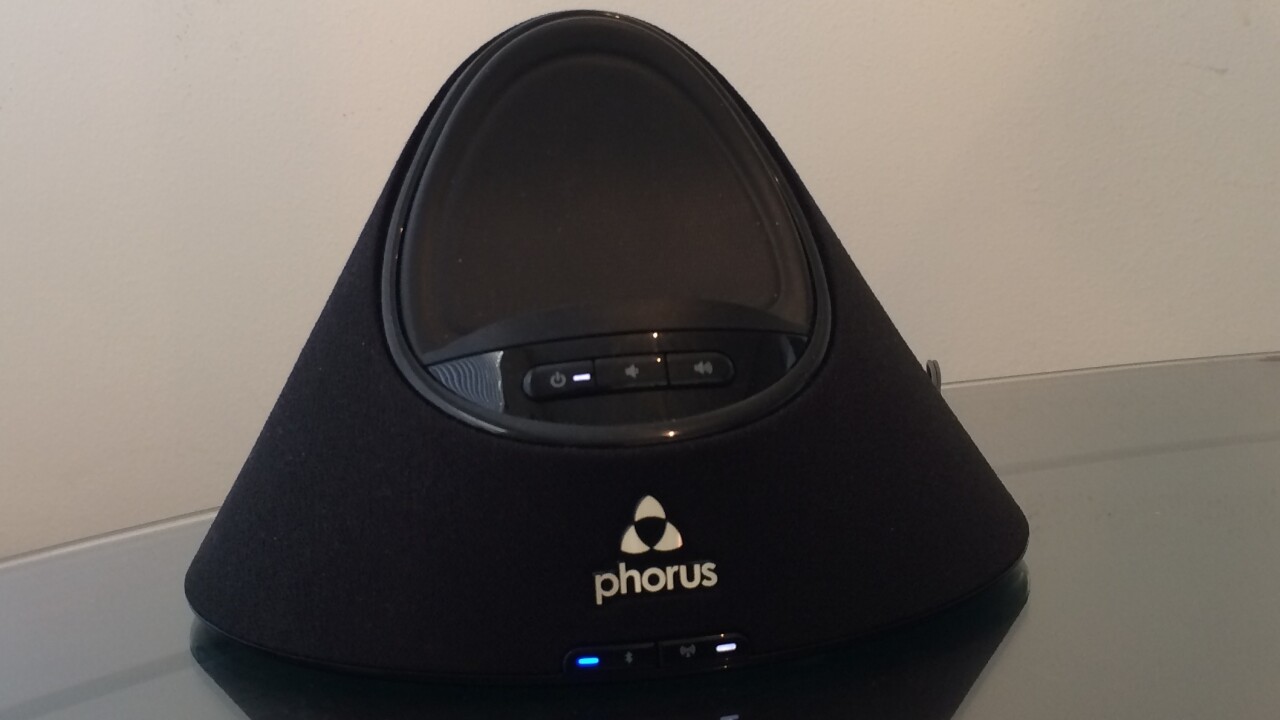
DTS originally billed its Play-Fi lossless wireless audio standard as an Android alternative to Apple’s AirPlay. Now that Play-Fi is compatible with iOS, it’s a good time to take a look at Phorus’s PS1 Play-Fi speakers.
The Play-Fi standard has yet to receive widespread support from third-party vendors, though DTS has said that brands are planning to introduce products with the feature soon. In the meantime, DTS subsidiary Phorus has made a $199 PS1 Speaker and $149 PR1 Receiver to show off Play-Fi’s capabalities.
I’ve been testing out a pair of PS1s around the house and have enjoyed their excellent audio quality and ease of use, but a lack of support for some of the top streaming music services and occasional issues with wireless and bluetooth speaker connectivity keep me from offering a whole-hearted recommendation.
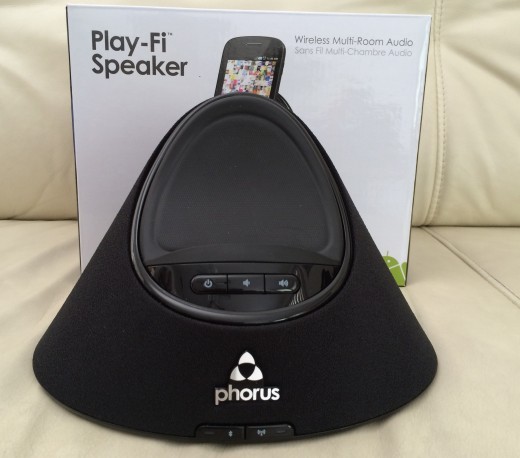
Features
While the PS1 is intended to be used over Wi-Fi, the speaker does include Bluetooth support and a line-in audio jack. Phorus advertises AirPlay support on the website, but that integration hasn’t actually been added yet. When AirPlay does arrive, it will make the speaker a much better value for Mac and iOS users and it should cut down on some of the connectivity complications.
The top of the speaker includes a recessed rubber cradle that can hold a tablet or smartphone. The speaker comes with USB cables that you can use to charge your device. Leaving your phone on the speaker with a cable sticking out of it kind of defeats the point of a wireless setup, but I did find myself using it as a charging station on a regular basis.
Sound
With 360-degrees audio, PS1 does a great job a filling a room with sound. Being able to stream lossless audio is a nice plus, but Play-Fi’s market positioning is a bit awkward. Audiophiles seem a bit too picky to move to wireless play, while the fidelity from other wireless speakers that introduce some lossiness is still probably good enough for your average consumer. Yes, the PS1 offers a solid combination of both quality and convenience at a reasonable price, but it’s going to need more to compete with the likes of Sonos and Bose, which is readying its SoundTouch line of wireless products.
Play-Fi excels at providing a multi-room setup without breaking the bank. Once you’ve placed multiple speakers and receivers around your house, you can control them all from your smartphone. If you’re the kind of person with lots of rooms,you can organize different sets of speakers into groups for quicker access.
Third-party support
If you’re connected to the PS1 over Wi-Fi, you’ll have to control the speaker through the Phorus app on either iOS or Android. From Android, you can access music on your device, Pandora, Internet radio, QQ Music, KKBOX and Deezer. The iOS app had just local music and Pandora as choices.
With no Play-Fi support for services like Rdio, Spotify or iTunes Radio, I often switched to Bluetooth, but the PS1’s Bluetooth mode doesn’t include support for two of the speaker’s main features – multi-room streaming and lossless audio.
Play-Fi has a lot of potential to become one of several mainstream wireless music options, but it has work to do in the partnership department to really take off.
Issues
Wireless music setups that don’t “just work” end up canceling out the convenience that comes from getting rid of the wires. Thankfully, the PS1 is close to being seamless, but it’s also a little rough around the edges. Setup on Android is simple, but configuring the speaker from iOS requires extra steps.
One mystifying issue is the way the PS1 handles hardware and software volume controls. Once you’re connected, you have some control of the speaker’s volume from your smartphone, but if you want to increase the maximum volume, you’ll need to do so using the speaker’s physical buttons. Walking across the room to change the volume on a wireless speaker is a serious buzzkill.
Most of the time, switching back and forth between Bluetooth and Play-Fi worked with only a short delay, but communication would sometimes breakdown when trying to reconnect, leaving me to fiddle with Bluetooth settings and close and reopen apps on my Mac, iPhone, or Android device.
It’s a minor complaint, but the Phorus apps have an unappealing interface. I can live with it, but it cheapens the setup’s overall feel. The app’s user experience is also troubled. For instance, Phorus would try to find songs that weren’t actually on my iPhone and then just stall out.
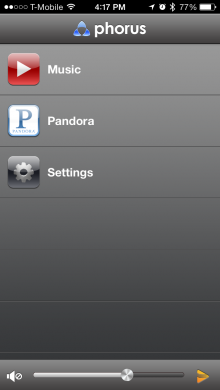
Conclusion
If I’m being hard on the PS1 and Play-Fi, it’s because the speaker and its streaming protocol are close to working living up to their lofty promises. The PS1 has excellent sound and connects conveniently over Wi-Fi and Bluetooth, but it’s missing support for key music services and the app and overall experience still need more polish.
At $199, the PS1 has a price advantage over its competitors, but Sonos looks set to go head-to-head with its Play:1 budget speaker. When Phorus adds AirPlay and Rdio/Spotify support via Play-Fi, the PS1 will earn a strong recommendation, but for now, it’s haunted by its untapped potential.
See also: Sonos Playbar: A pricey but spectacular sound bar with audio that will blow your mind
Get the TNW newsletter
Get the most important tech news in your inbox each week.

